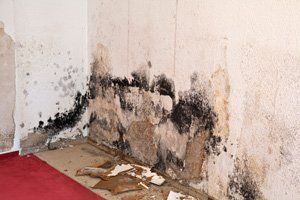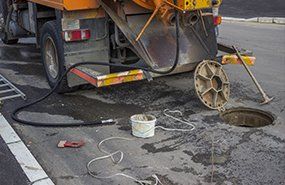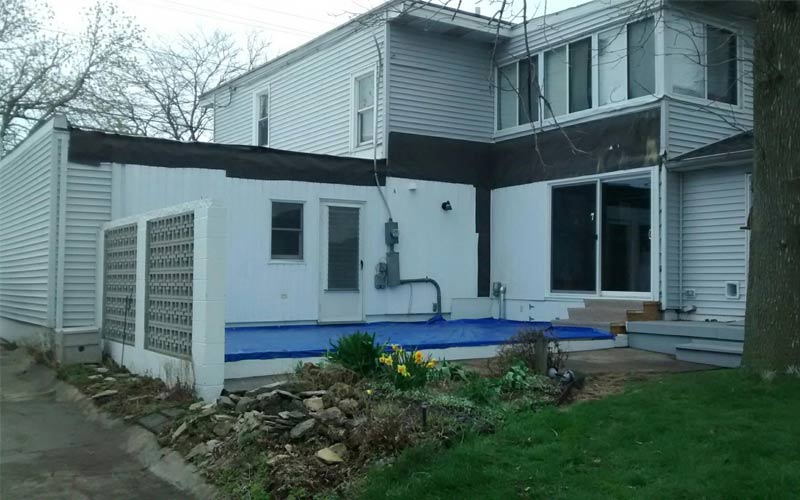CALL US TODAY! (440) 327-3433
Blog Layout
WHERE MOLD GROWS IN YOUR HOME AND WHAT TO DO ABOUT IT
Admin • Feb 13, 2018

When you have recently had an issue in your home like flooding, broken pipes, or leaking plumbing fixtures, you may find yourself concerned about the damage the incident has left behind. Mold, for example, is a major concern that you may have on your mind.
Get to know some of the areas of vulnerability in your home for mold growth after such an incident and what you can do about it. Then you can figure out if you have a mold problem in your home and get the help you need to deal with it if you do.
Windowsills
One of the areas of your home that can be prone to mold growth is your windowsills. Oftentimes, what happens is that condensation develops on the glass of the windows and will flow down into the window sills. Mold can develop from this moisture.
If you look at your windowsills and notice what looks like black or brown dirt built up in it, you are actually looking at mold. You will want to address this issue as soon as possible. Contact a professional remove the mold so it does not spread beyond the windowsills.
Walls
When you have had a flooding situation or other water damage in your home, an area of vulnerability is your walls. Moisture can soak through your walls, and if everything does not properly get dried out quickly, mold can grow and develop unseen within your walls.
Detecting hidden mold in walls can be challenging unless mold is also on the surface or you want to tear open your walls and look at the interiors. One of the ways you can test for mold behind your walls is to use diluted bleach and dab it on the wall. If the area quickly lightens or a spot continues to show up on the wall, you might have a mold problem on your hands.
If you have wallpaper on your walls, you can also peel it back a bit at a corner and look for black or brown spots in the wallpaper glue. These spots indicate you have mold.
Floors
If flooding occurs in your home, your floors will bear the brunt of the damage. The water will soak into your flooring first and can then cause mold to develop. If you have carpeting or tile flooring, your floors are particularly susceptible to water damage and mold growth.
What You Should Do About Mold in Your Home
When you look throughout your home and find signs of mold, you may not know what to do about it. For example, for mold in your windowsills, you may be tempted to just wipe out the mold and be done with it. However, removing the mold is only a part of the battle.
What you really need, no matter where you have found the mold, is mold remediation. Mold remediation is not just the removal of mold but the destruction of mold spores and the restoration of your home. A mold remediation expert will use biocides to kill the mold in your home. As such, even microscopic mold spores will be destroyed and removed.
After the biocides are used, the mold remediation expert will then perform encapsulation on walls, floors, or other surfaces. Encapsulation uses special paints or primers to trap any remaining mold spores and essentially suffocate it.
Once the mold is taken care of in this way, the restoration process will begin. Your walls, floors, or other elements of your home will be rebuilt as needed to get it back up and running.
Now that you know more about where you might find mold in your home after an incident and what you should do about it, you can be sure you contact a mold remediation expert
if and when you notice a problem in your home.
PHYSICAL ADDRESS:
7791 Maddock Rd,
North Ridgeville, OH 44039
MAILING ADDRESS:
PO box 39067,
North Ridgeville, OH 44039
IN BUSINESS SINCE 1968
Family Owned and Operated
BUSINESS HOURS:
24-Hour Emergency Service Available
PAYMENT OPTIONS:





PROFESSIONAL LICENSE NUMBER:
30585
PHYSICAL ADDRESS:
7791 Maddock Rd,
North Ridgeville, OH 44039
MAILING ADDRESS:
PO box 39067,
North Ridgeville, OH 44039
IN BUSINESS SINCE 1968
Family Owned and Operated
BUSINESS HOURS:
24-Hour Emergency Service Available
PAYMENT OPTIONS:





PROFESSIONAL LICENSE NUMBER:
30585
^
Content, including images, displayed on this website is protected by copyright laws. Downloading, republication, retransmission or reproduction of content on this website is strictly prohibited. Terms of Use
| Privacy Policy


